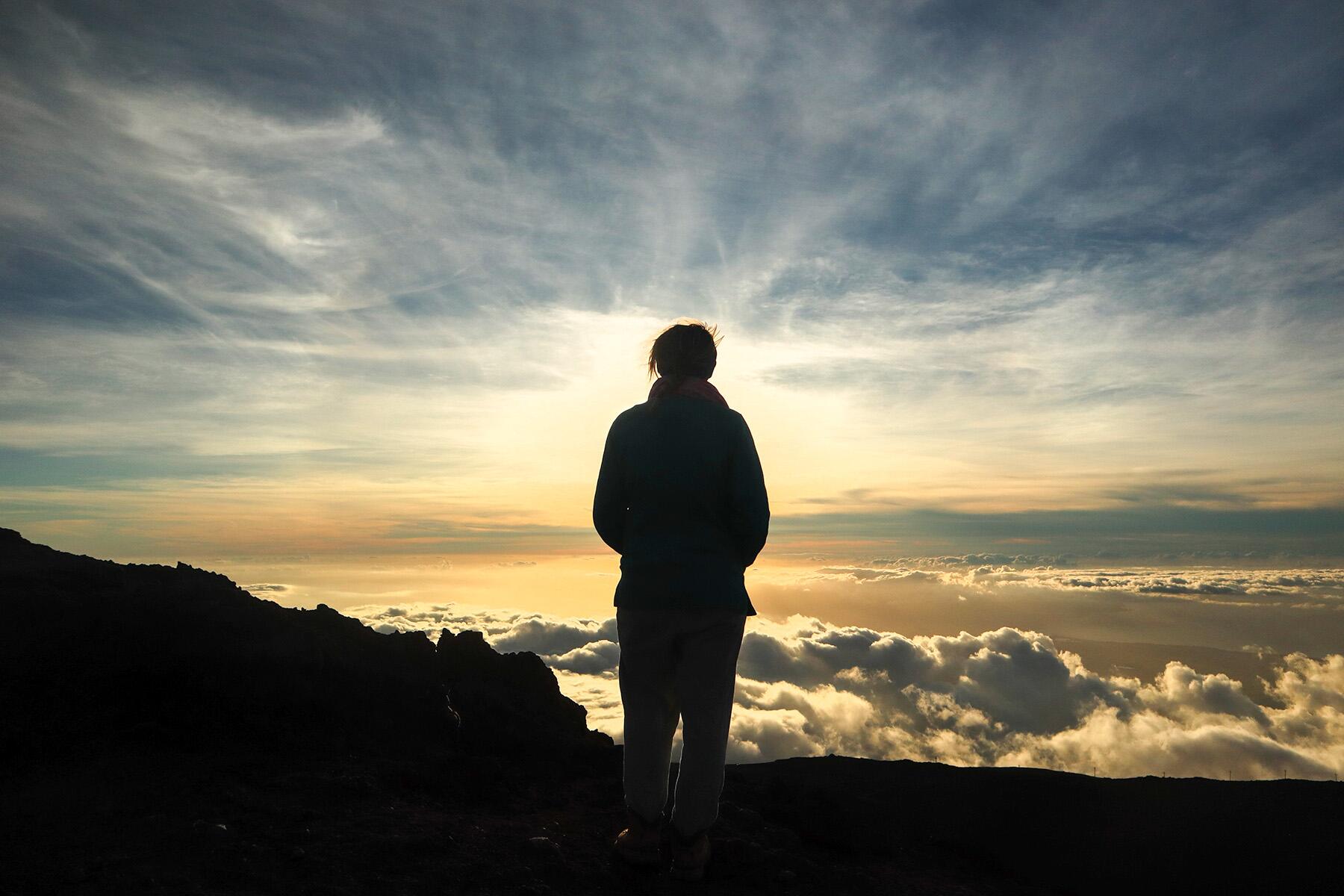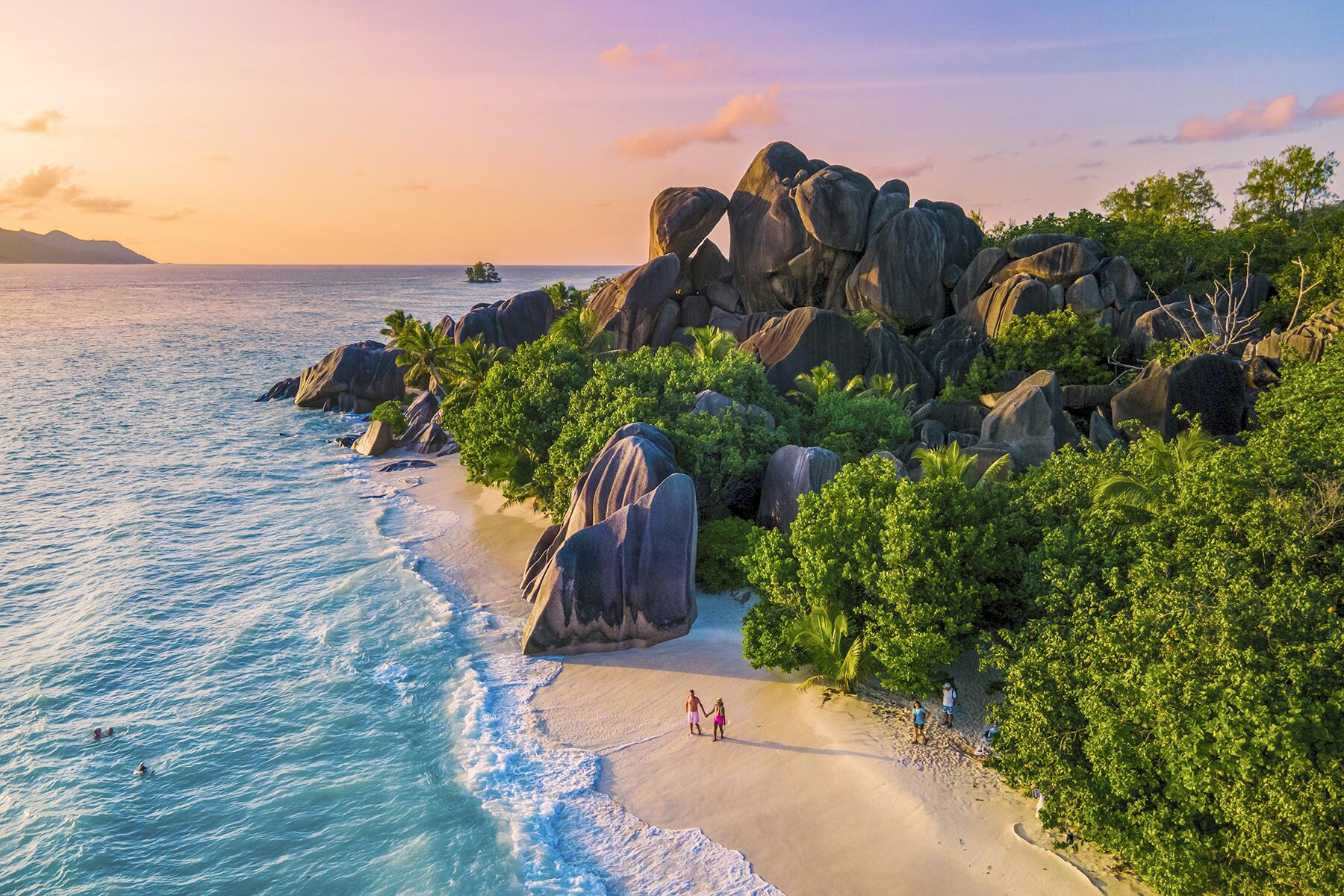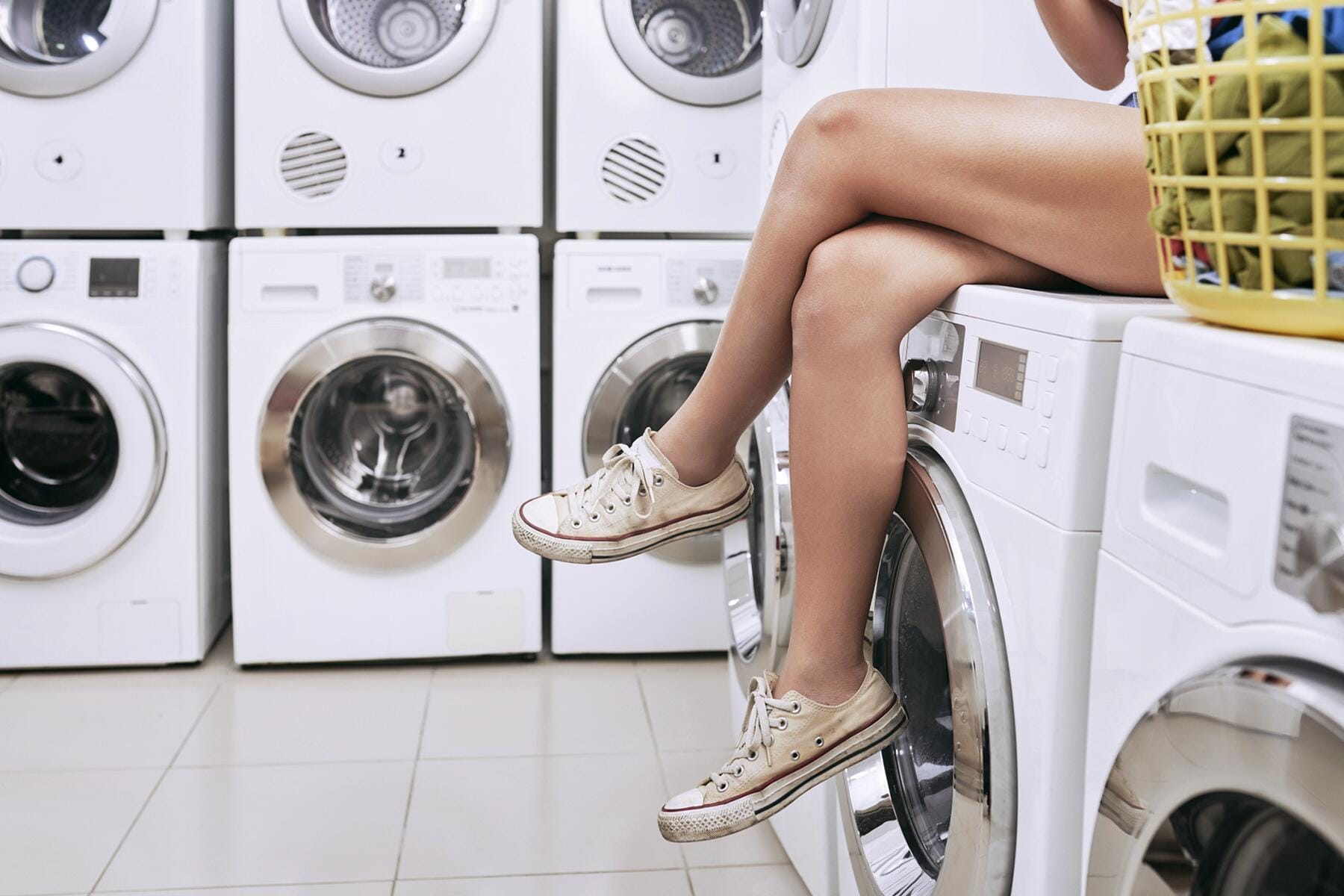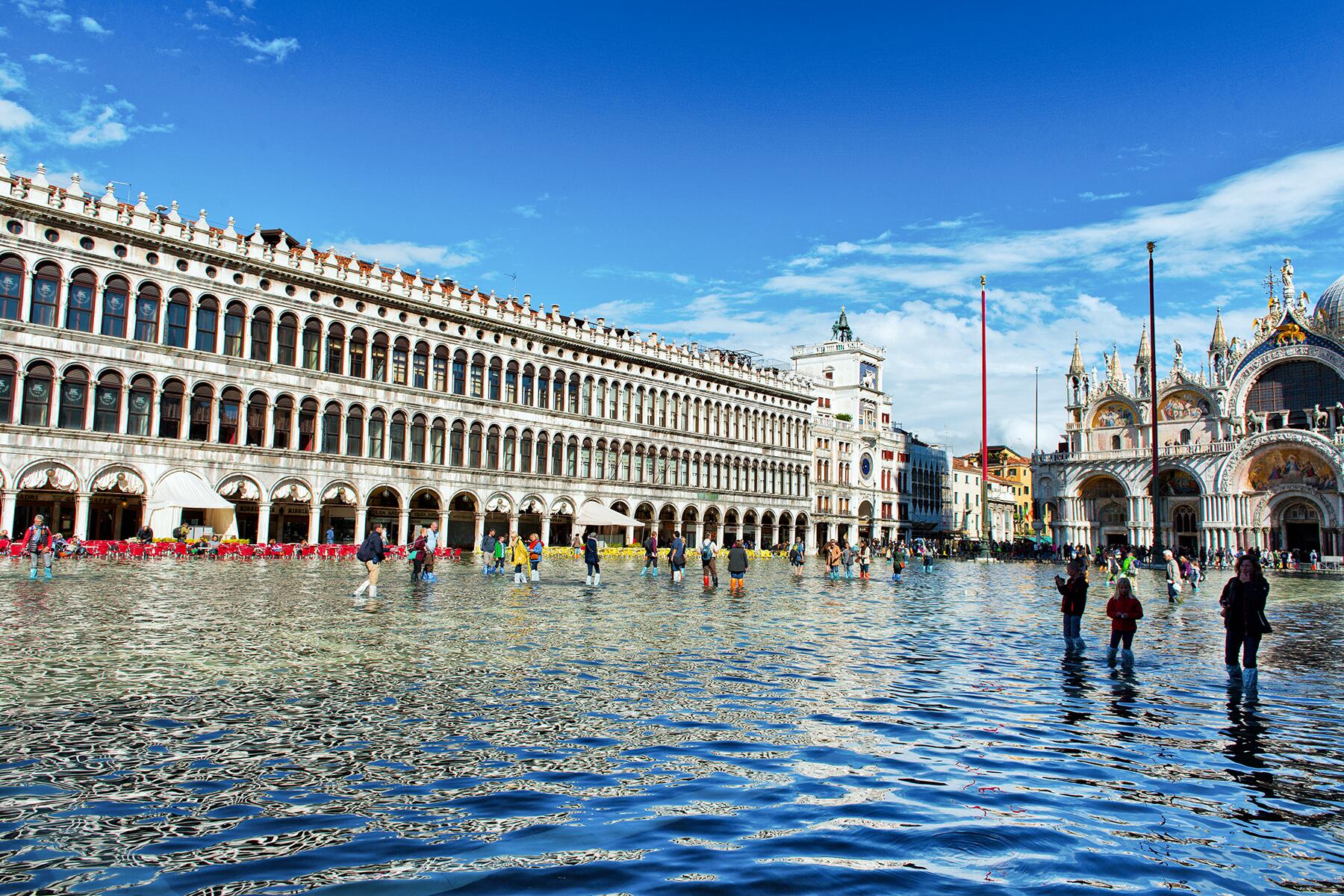Getting your feet wet can be lots of fun.
The fall is upon us, and so is acqua alta season. Venice’s floods, caused by the moon’s gravitational pull mixed with winds and rains, are certainly a nuisance for Venetians, but whether or not your trip will be ruined by the water depends on how you choose to experience this natural event. You can run for your life and leave town as soon as you hear the sirens, lock yourself in your hotel room until the tide goes back down, or you can just enjoy this special moment and take it as an opportunity to see Venice from a different perspective. Here’s how.




